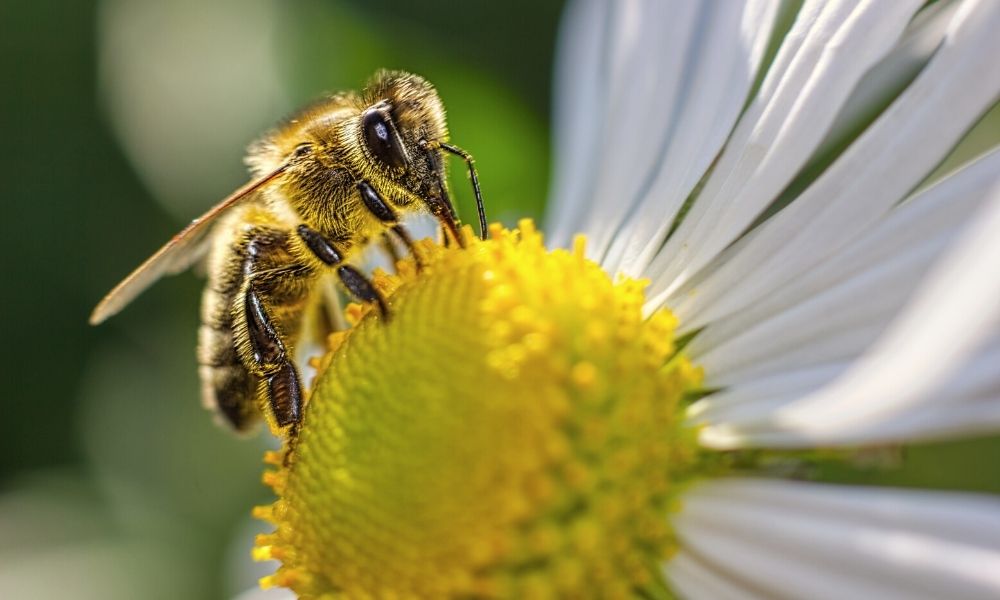Nectar production varies with many natural factors, including weather, plant species, and soil. However, if you’re curious about some of the plants that are exceptional at helping out bees, consider this list of the three best plants that help honey production.
Golden or Blue Flowers
Bees have an eye for bright colors such as orange and yellow. However, they also have a keen sense for blue flowers, though these aren’t always as common. These colors are among the few hues that bees are capable of perceiving, so flowers in those colors tend to attract bees first. Sunflowers are some of the most prominent options to plant, but black-eyed Susans, tickseed, and sneezeweed are also excellent options that help bees produce light-colored honey.
Flowering Trees
Some people are surprised when they learn that certain tree species also rely on pollination. Though urban areas often don’t have a lot of room for vegetation, trees can provide pollination opportunities for bees above street level. Willow, maple, and acacia trees are some types that grow nectar-producing flowers on their branches. When allowed to grow to maturity in large numbers, trees can also become sanctuaries for bees, further helping with pollination.
Helpful Herbs
The beauty of herbs is their resilience to their surroundings and their adaptability to different soil types. Compared to flowers, vegetables, and trees, they’re also relatively easy to take care of. Perennials such as cilantro and basil are among those that return year after year without you having to worry about finding something to replace them. Varieties that love being in the sun allow bees to take advantage. Some such herbs consist of coriander, chamomile, mint, and bee balm.
Bees continue to struggle in areas burdened by heavy deforestation. This causes them to have to travel farther and farther from their original hives to provide the same amounts of honey as before. To ensure they have enough pollen to survive the winter, understanding the three best types of plants that help honey production is crucial, especially considering all who rely on the production of bulk raw honey for their everyday needs.

